Up Next

It took a lucky break with a virtual safety car last year for Mercedes to retain its unbroken streak of winning every single Russian Grand Prix since the inaugural event in 2014. But the practice form this weekend suggests it would take something as fortuitous as that to work against them for this to be anything other than a straight fight between Lewis Hamilton – chasing that Schumacher-equalling 91st victory – and Valtteri Bottas, who was quickest in both sessions.
Although both drivers had plenty of tyre-locking, off-track incidents as they sought to unlock the always tricky tyre grip around Sochi, there was no doubting the raw pace beneath the incidents.
Even on their error-strewn afternoon laps, the Mercs were best part of 1s clear of the closely-matched pack comprising Renault, McLaren, Racing Point and Red Bull. Had Hamilton put his best sectors together (he ran off track at Turn 13 on what was shaping up into his best lap), he’d have been clear of Daniel Ricciardo’s third-fastest Renault by more like 1.3s and a couple of tenths ahead of Bottas rather than that margin behind.
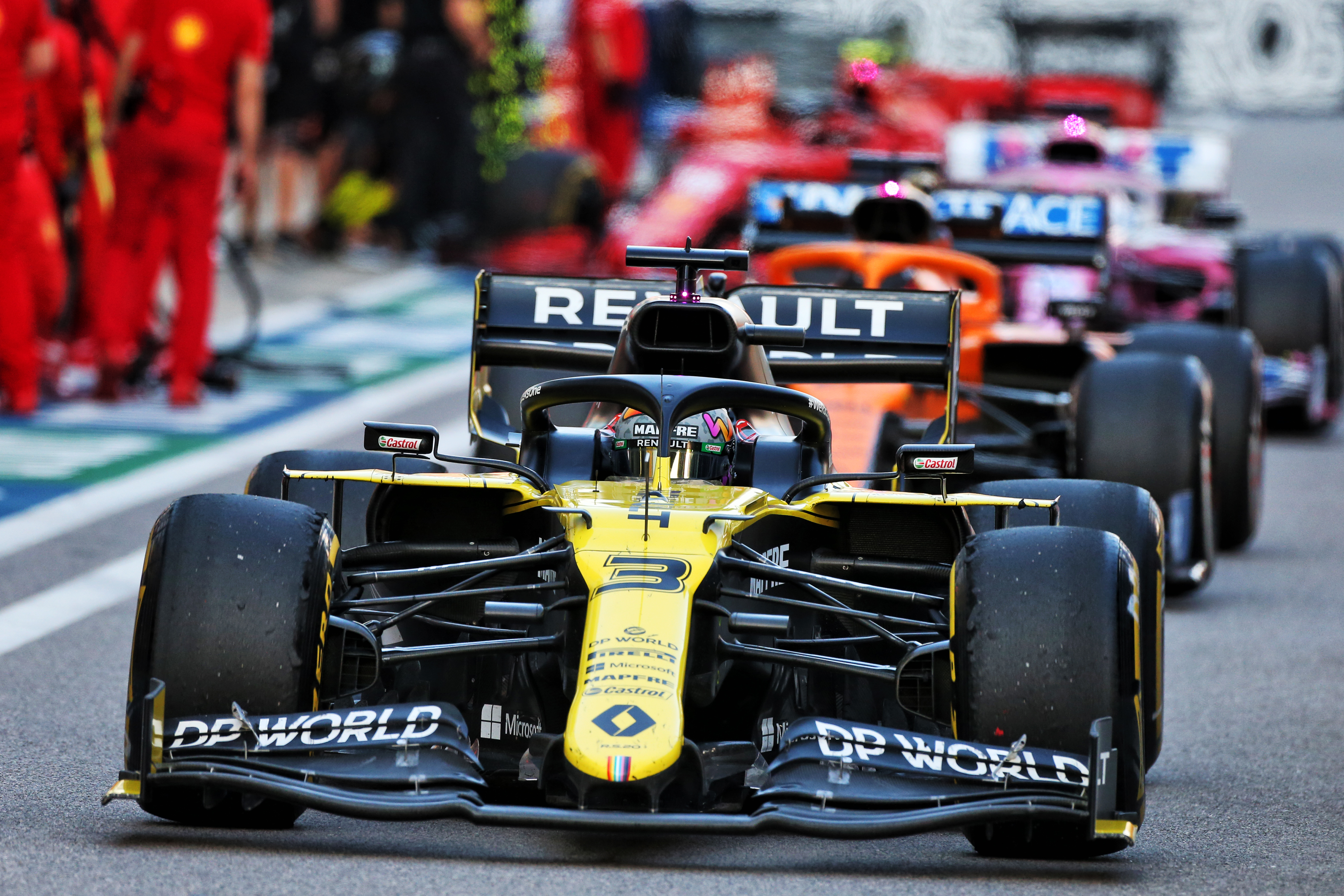
But putting the sectors together is always important here – and it’s a near impossible task, albeit eased this year by Pirelli having brought a softer compound choice than ever before, with the C3/4/5 combination.
That and the high track temperatures – 37 degrees Celsius in the afternoon – means that unlike in previous years, it was no longer necessary to do multiple preparation laps to bring the front tyres up to temperature, as the rears become progressively hotter.
With these tyres – and perhaps through the natural ageing of the track surface – it now seems possible to prepare for the qualifying lap in a conventional way. But the lap itself still demands that not everything is taken from the tyres in the first sector, otherwise you will still lose more from overheating rears in the repeated acceleration zones of the final sector than you gain by nailing the higher-speed earlier section.
Hence, adding the best sectors here is usually quite a meaningless exercise. It’s a puzzle that Bottas has historically aced here, although last year Hamilton beat him at it in qualifying for the first time.
Working backwards from the conundrum of the race start – which is complicated here by the vulnerability of the leader because of the massive tow available behind him on the run down to Turn 3, the first braking zone – was quite probably a contributory factor in the various flat-spotting practice dramas of Hamilton and Bottas.
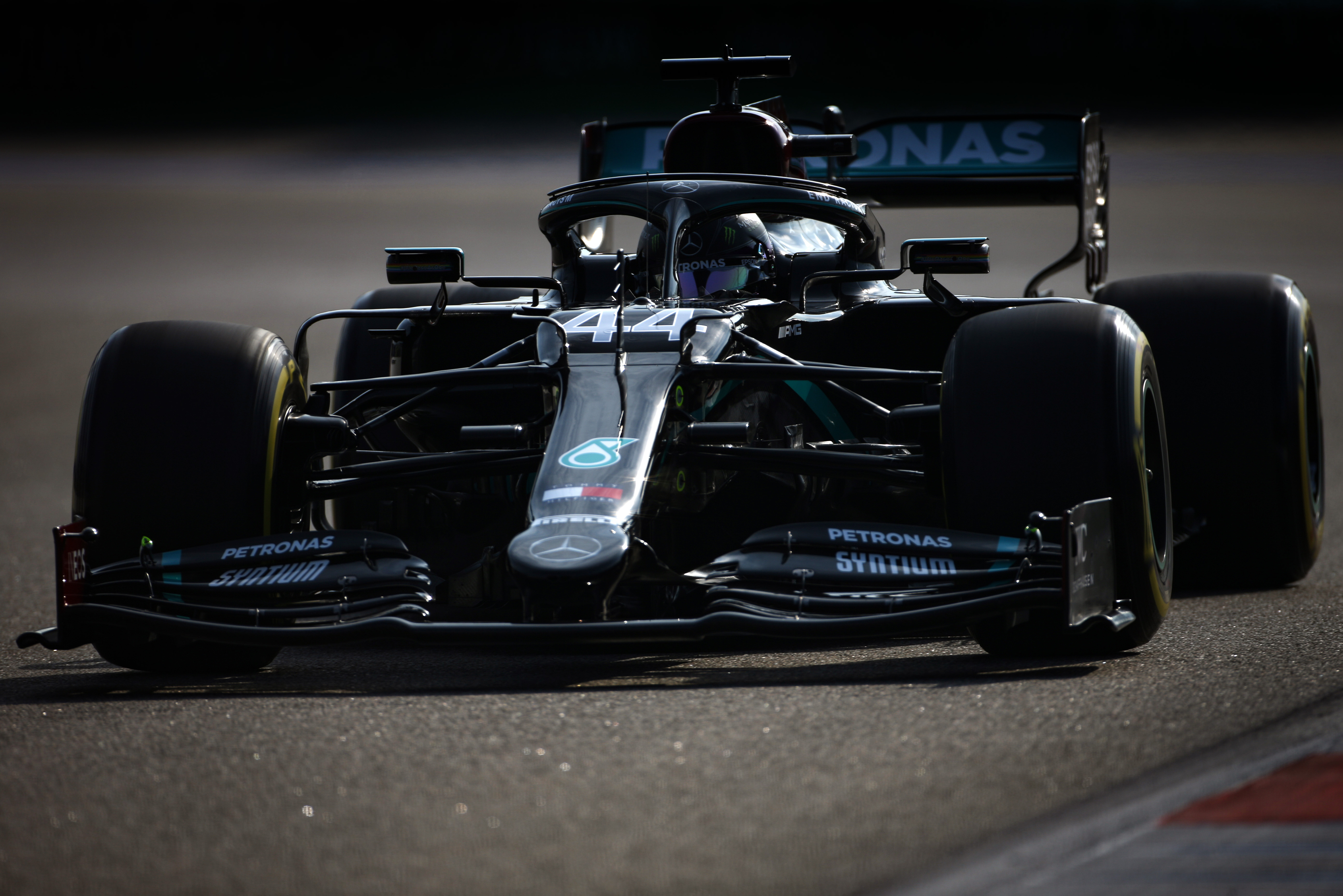
They were straight out early in both sessions on the medium and hard tyres, with the team trying to maximise the drivers’ acclimatisation to the two compounds that could well form the entire basis of their race strategy.
Hard compounds on a dusty surface, the pair were locking up and flat-spotting in both sessions. Hamilton didn’t even get in a meaningful low-fuel lap and conducted a mini long-run on the rebalanced set of hard tyres he’d flat-spotted.
Last year, Ferrari – having locked out the front row – made an arrangement between its drivers designed to thwart the Mercs from slipstreaming ahead into that first braking zone. Ferrari – unlike Mercedes – had opted not to go through Q2 on the medium tyre, even though it comfortably had the pace to do so.
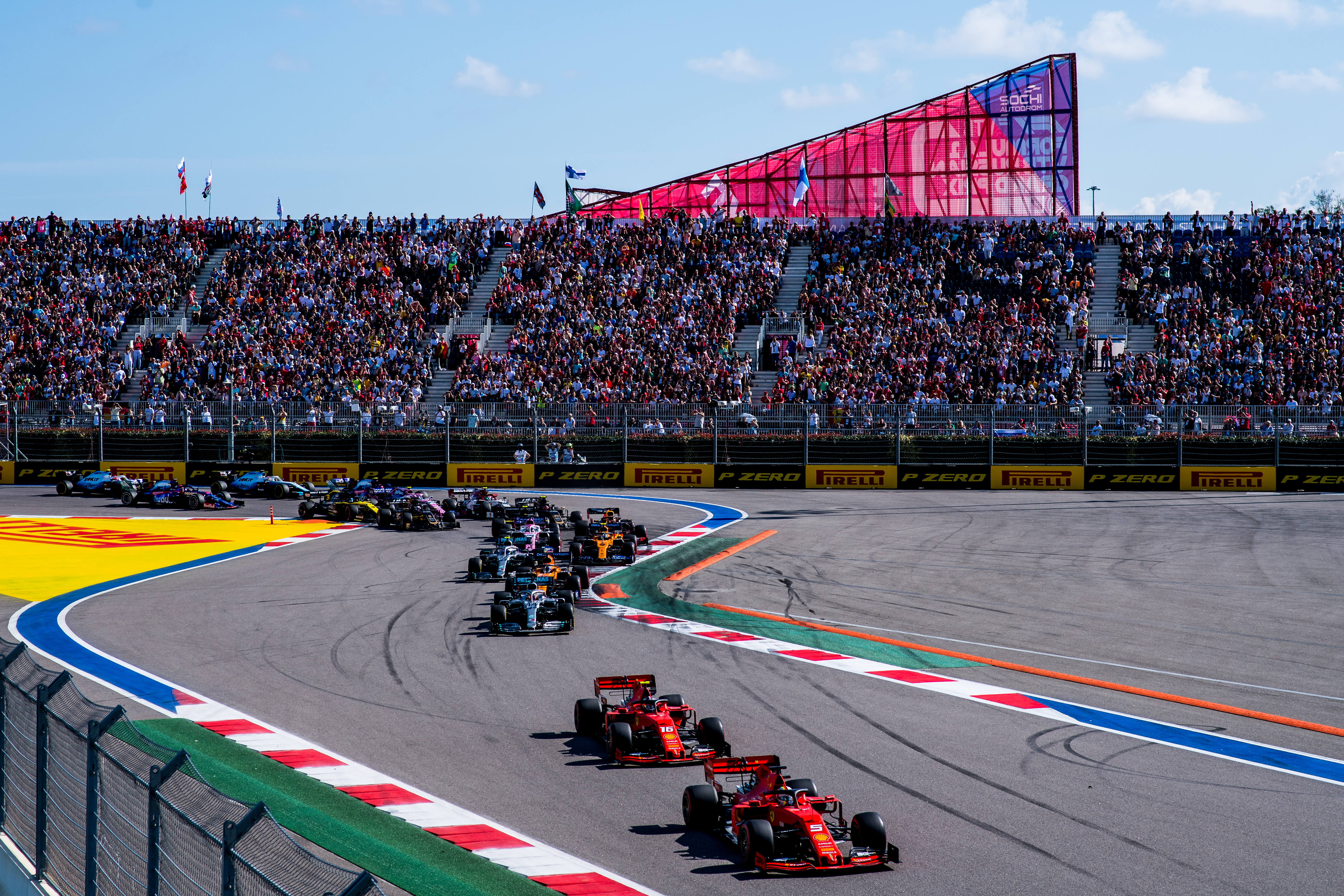
Knowing it would likely be starting from pole, Ferrari felt that acceleration off the line was going to be particularly crucial in preventing the feared slipstream mugging from Mercedes.
Now Mercedes – knowing that something would have to go badly wrong for it not to be locking out that front row – is in the dilemma faced by Ferrari here last year: mediums or softs for Q2? There’s a risk to both. The single lap pace difference medium to soft is between 0.6-0.9s, so Mercedes could comfortably get through to Q3 on the tougher tyre as even Bottas’ compromised best lap in the afternoon was more than that clear even of third place, let alone the 1.5s margin over 10th.
That allows the strategic flexibility of a longer first stint in what looks set to be a one-stop race, so low is the tyre degradation. But it also leaves you extra vulnerable to being out-accelerated by the soft-tyred car(s) on the second row (if it were Ricciardo that would be a particular nuisance to Mercedes, given the Renault’s impressive straightline speed).
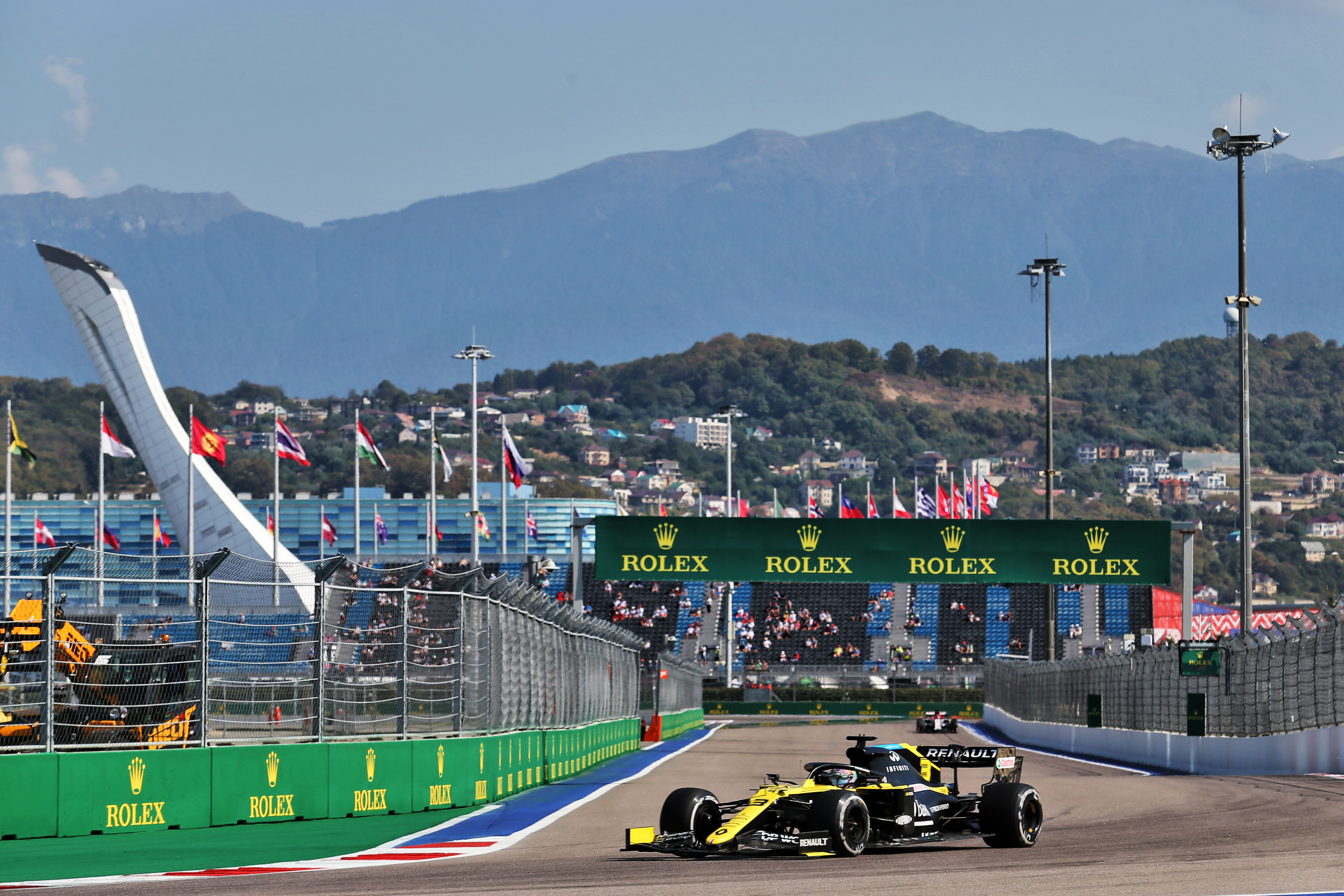
But such is the Mercedes pace advantage, these considerations are surely just complications around the route to victory rather than any serious jeopardy to it. The intrigue is likely to be who between Hamilton and Bottas can figure out the puzzle of the track, for although it’s the seventh time they’ve each been here, every year the challenge changes.
Higher temperatures, softer compounds, different cars and an evolving track surface make the specific code that needs to be cracked slightly different each time.
“It’s a work in progress,” said Hamilton. “I was down [to Valtteri] in the first and second sectors but the last one was nice. But I haven’t put them all together yet. There’s some work to do on the driving side and also set-up wise.”
Bottas was clearly approaching the puzzle from a slightly different angle, saying, “I didn’t get the sectors right. On low fuel runs I was struggling with the rear end, it felt more like a rally stage. Sectors one and two feel really good but sector three felt really nervous.”
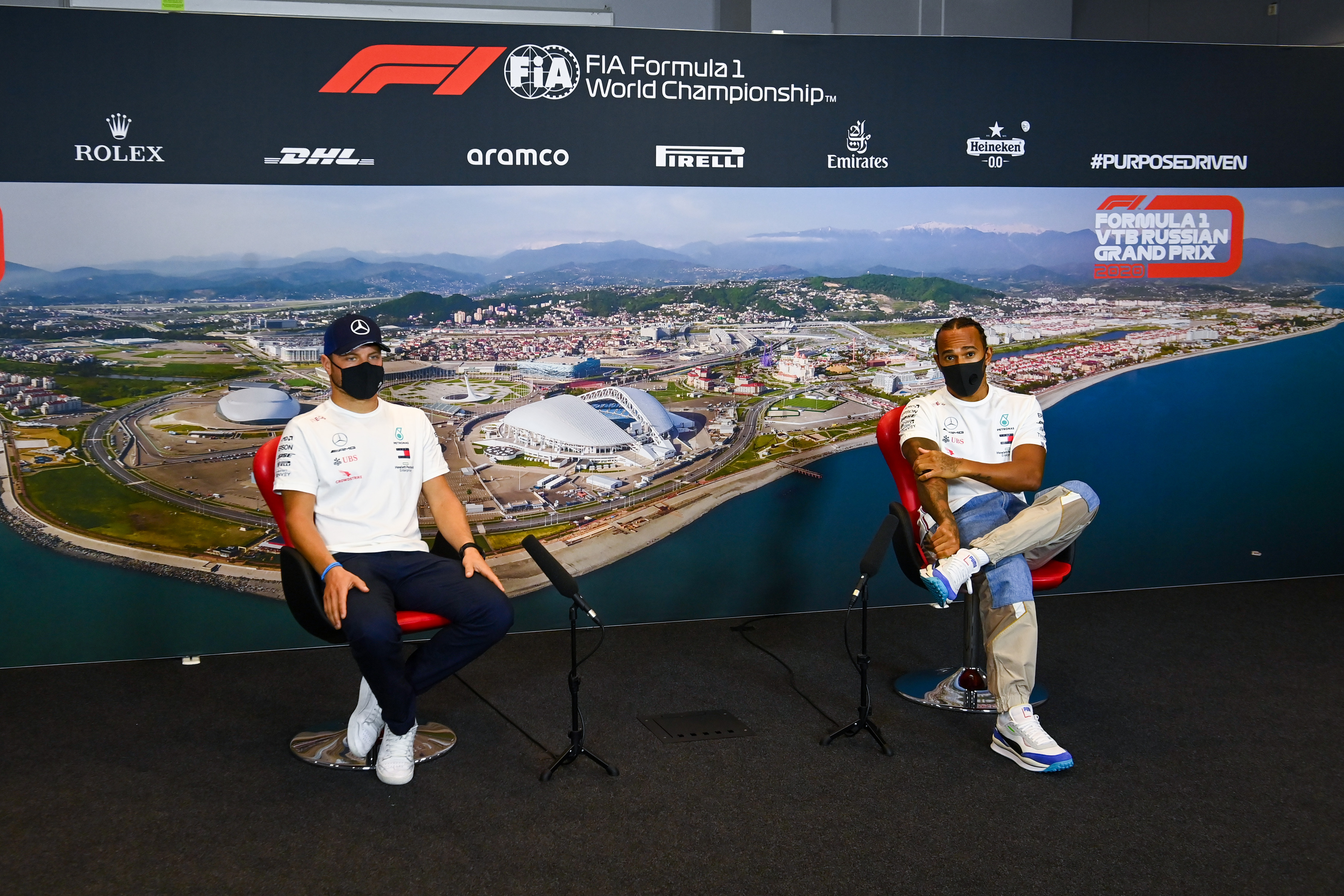
Last year was the first time in three years that Hamilton managed to unlock this puzzle better than Bottas (the first time in six years Bottas had been outqualified here by a team-mate), but it was nip and tuck right up to the final Q3 runs. They look set to carry on right where they left off last year.
Hamilton was surprised at the Mercedes margin over the others.
“It didn’t feel particularly quick,” he said. “The grip felt quite poor, I was sliding around a lot. It must’ve been worse for the others.”
Single-lap pace
1. Bottas Mercedes 1m33.519s
2. Hamilton Mercedes 1m33.786s
3. Ricciardo Renault 1m34.577s
4. Sainz McLaren 1m34.723s
5. Norris McLaren 1m34.847s
6. Perez Racing Point 1m34.890s
7. Verstappen Red Bull 1m35.048s
8. Leclerc Ferrari 1m35.052s
9. Ocon Renault 1m35.139s
10. Vettel Ferrari 1m35.183s
11. Gasly AlphaTauri 1m35.210s
12. Albon Red Bull 1m35.242s
13. Kvyat AlphaTauri 1m35.461s
14. Raikkonen Alfa Romeo 1m35.516s
15. Latifi Williams 1m35.563s
16. Russell Williams 1m35.575s
17. Stroll Racing Point 1m35.627s
18. Magnussen Haas 1m35.729s
19. Giovinazzi Alfa Romeo 1m36.053s
20. Grosjean Haas 1m36.858s
The others were very closely matched on single-lap pace, but consistently headed by Ricciardo.
“It’s a circuit I’ve not had too much success or confidence on before,” he said. “So it definitely gives me a boost. I learned a lot and showed strong pace in every run.
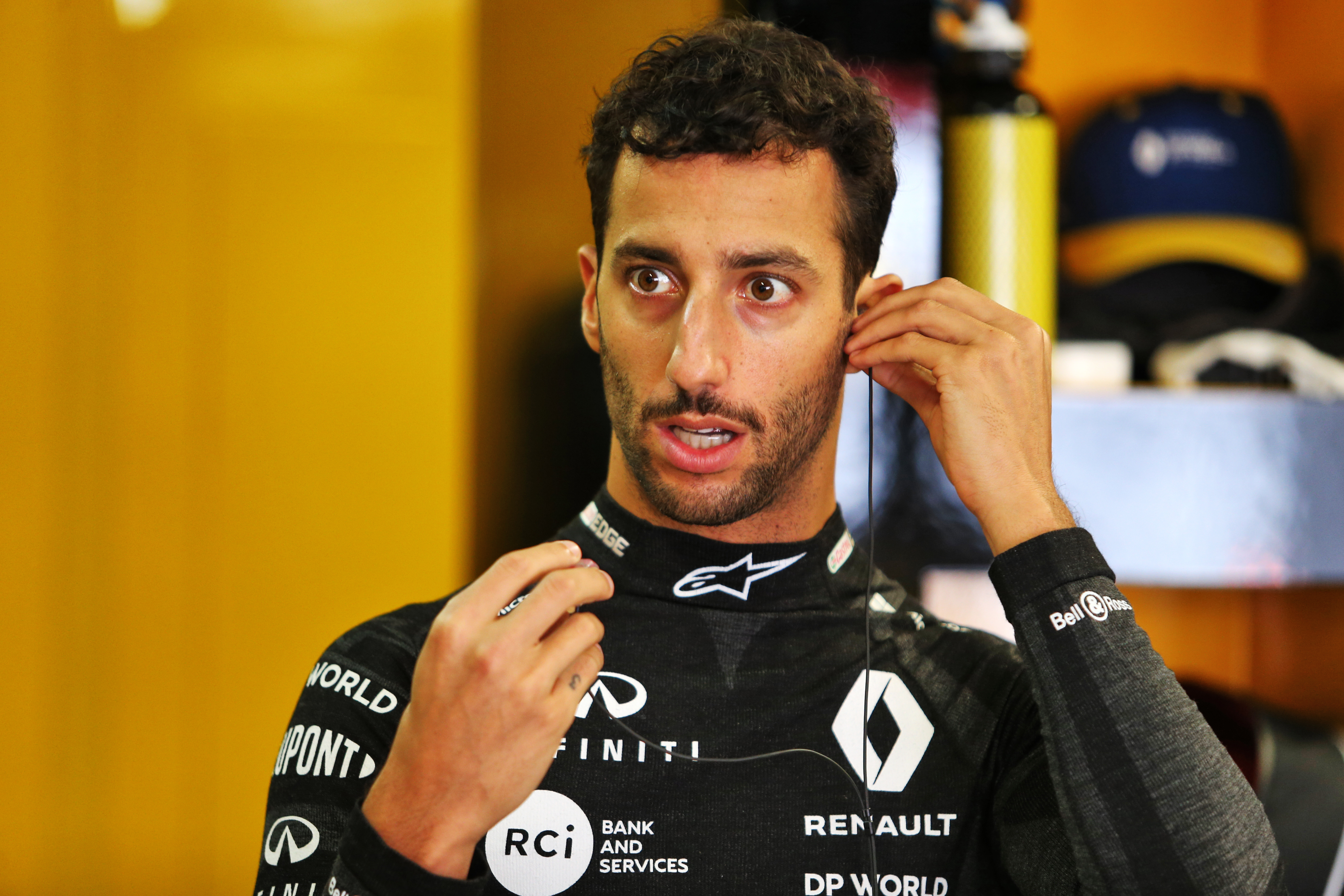
“Looking ahead to tomorrow, I think it’ll be a lot closer especially between us and the teams that are about two to three tenths behind, so I think qualifying will be tightly contested.
“But I draw a lot of confidence from today and we’ll look to string it all together for the rest of the weekend.”
The McLaren drivers Carlos Sainz and Lando Norris – fourth and fifth respectively – set their times later in the session and so might be a little flattered in the comparison. Racing Point was busy retuning its car around the new Mercedes W11 rear suspension fitted for the first time here.
Perez did a particularly impressive long-run stint on the soft tyres in the afternoon, averaging significantly quicker even than Ricciardo (albeit still well adrift of the Mercs despite a faster tyre).
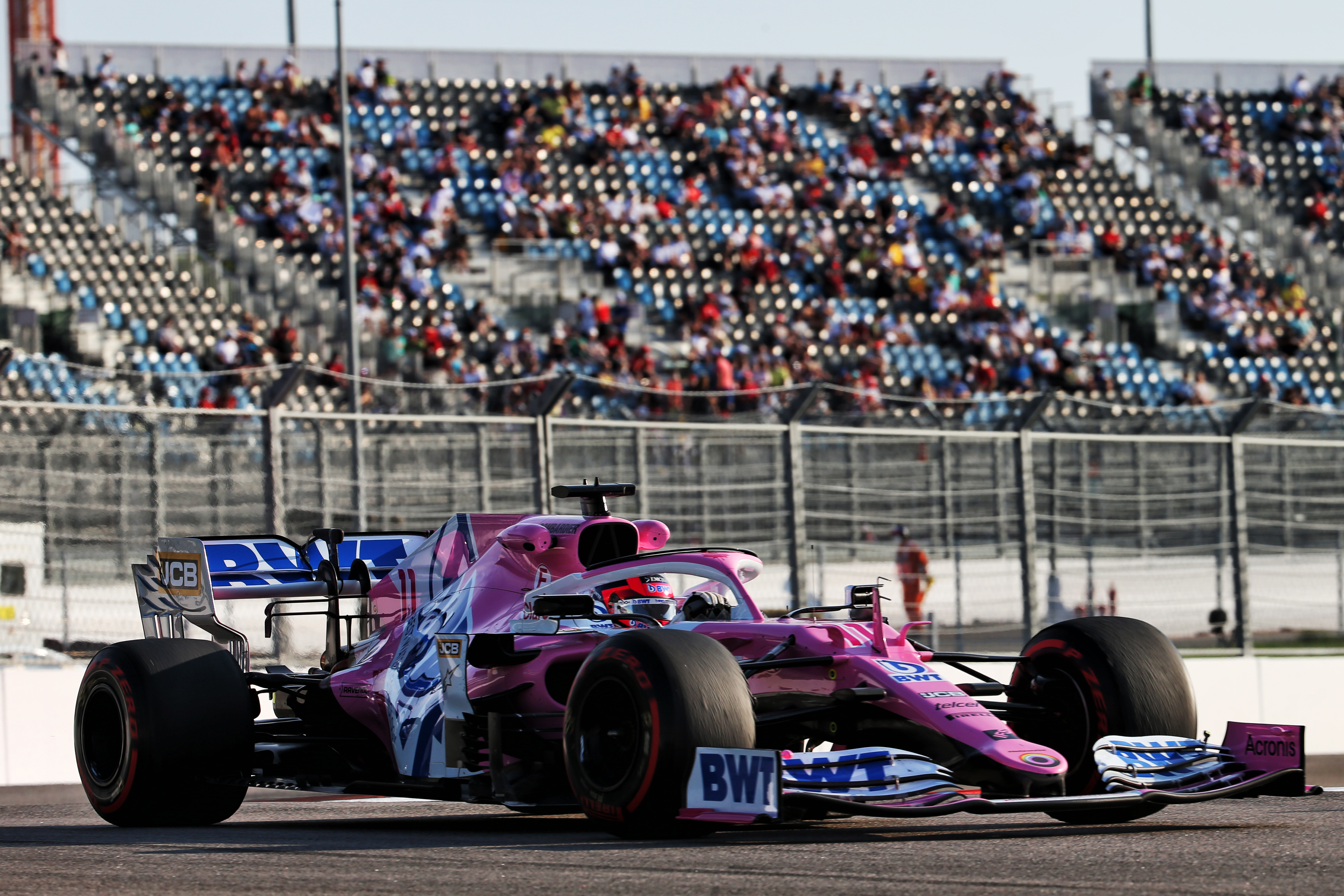
Red Bull wasn’t in a particularly happy place by its own standards – but rarely is around Sochi. Max Verstappen was seventh quickest on single lap pace – wedged between Perez and Charles Leclerc’s Ferrari – and seemed unable to find a sweet spot that would work on all of the sectors.
Neither Leclerc nor Sebastian Vettel had positive things to say of the Ferrari which, just like a Mugello, looked more competitive over a single lap than a race stint as the team trialled new upgrades.
FP2 long runs
| First run | Second run | |||
| Tyre/Laps | Average* | Tyre/Laps | Average* | |
| Hamilton | M 14 | 1:40.016 | S 7 | 1:39.972 |
| Bottas | S 7 | 1:40.095 | H 16 | 1:38.900 |
| Vettel | S 8 | 1:41.098 | H 12 | 1:40.705 |
| Leclerc | S 12 | 1:41.466 | M 6 | 1:40.094 |
| Verstappen | S 9 | 1:40.790 | M 9 | 1:39.546 |
| Albon | S 9 | 1:41.198 | M 8 | 1:40.178 |
| Ricciardo | S 11 | 1:40.617 | M 9 | 1:40.162 |
| Ocon | S 10 | 1:41.229 | H 10 | 1:40.502 |
| Grosjean | H 10 | 1:42.659 | S 9 | 1:41.561 |
| Magnussen | M 11 | 1:42.111 | S 9 | 1:41.388 |
| Sainz | S 14 | 1:41.227 | H 5 | 1:39.622 |
| Norris | S 10 | 1:41.629 | M 4 | 1:41.323 |
| Perez | S 8 | 1:40.329 | H 14 | 1:40.303 |
| Stroll | S 9 | 1:41.093 | H 3 | 1:42.607 |
| Raikkonen | S 9 | 1:42.212 | M 10 | 1:41.091 |
| Giovinazzi | S 8 | 1:42.283 | H 12 | 1:41.352 |
| Gasly | S 12 | 1:40.865 | H 9 | 1:39.714 |
| Kvyat | S 6 | 1:41.544 | H 14 | 1:40.161 |
| Russell | M 7 | 1:42.327 | M 9 | 1:41.711 |
| Latifi | H 6 | 1:42.473 | H 13 | 1:41.514 |
* including estimated correction for fuel load differences




